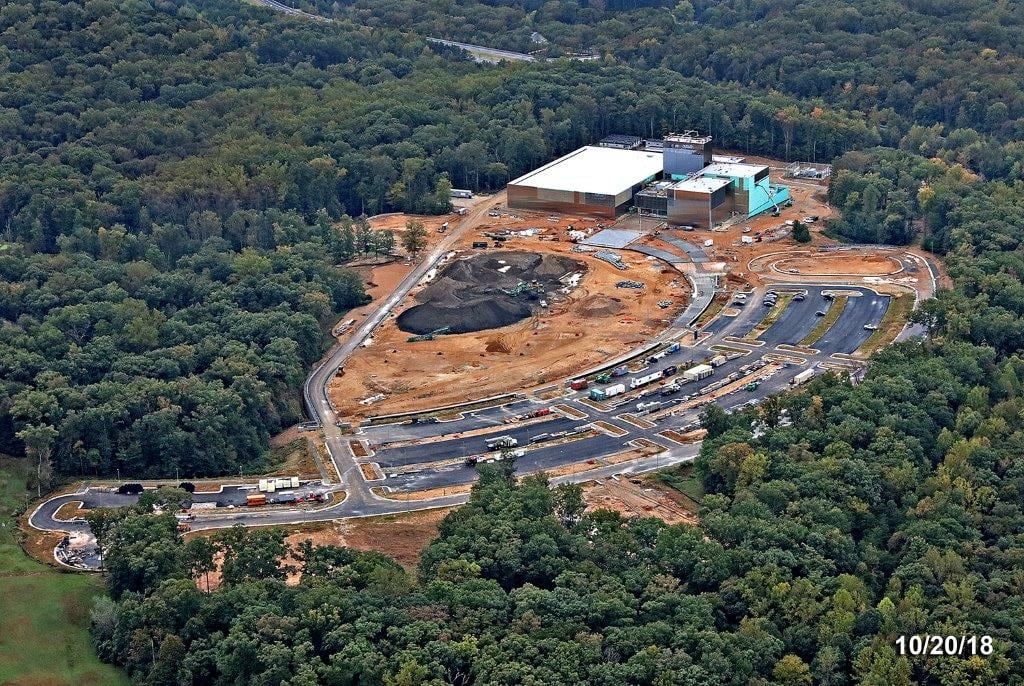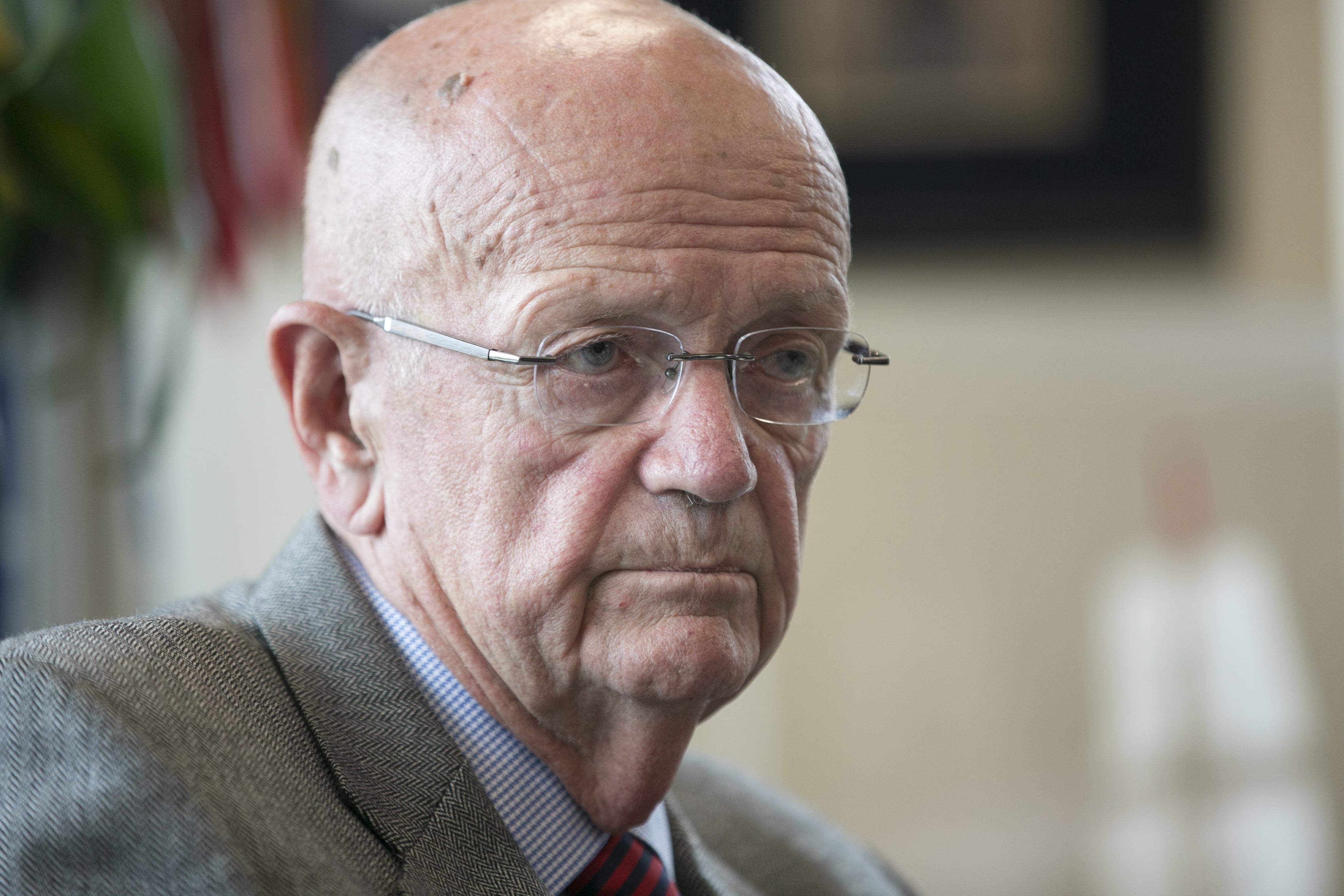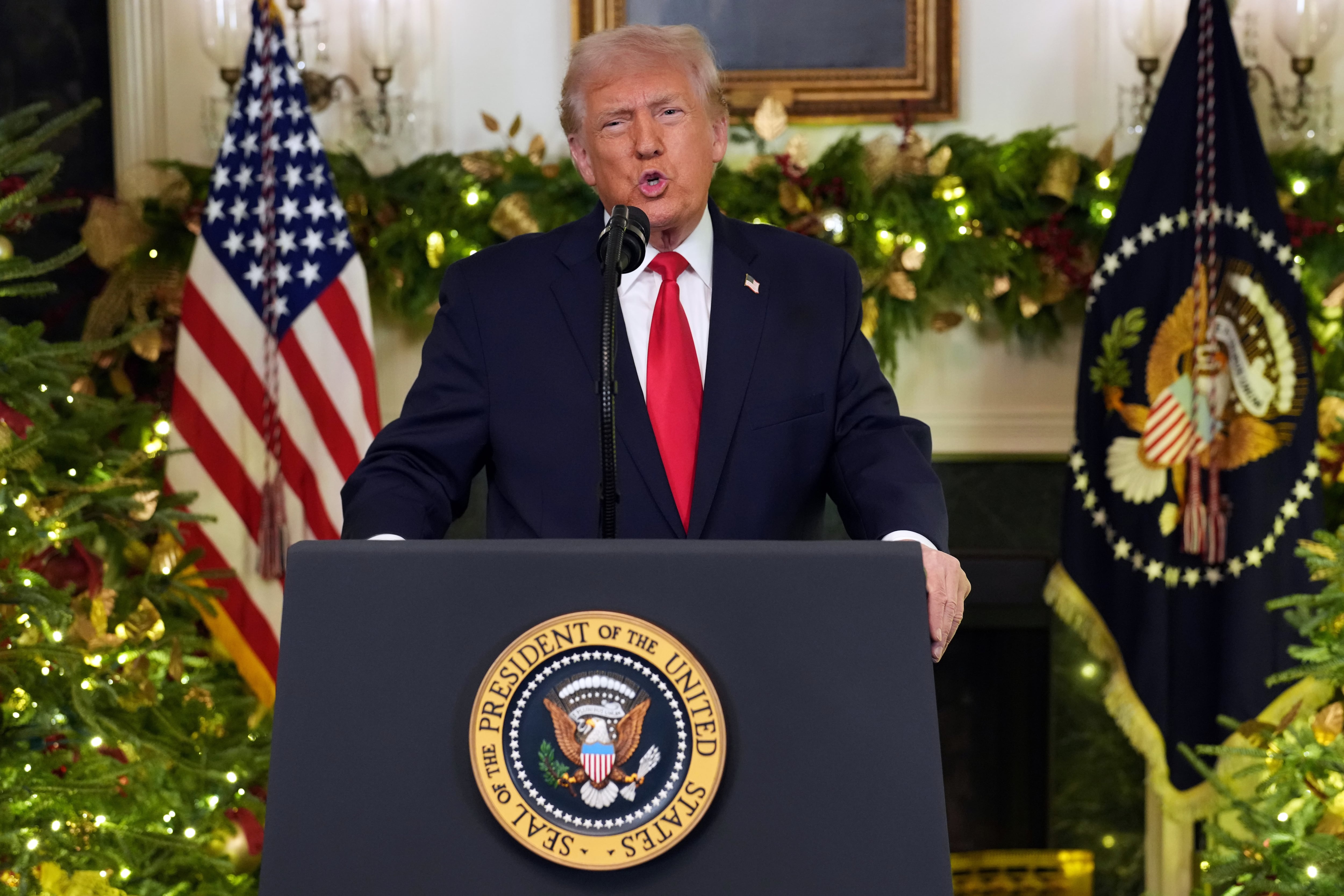On Veterans Day, many of the nation’s efforts to demonstrate appreciation for those who serve do not reach active-duty soldiers, particularly those who are forward-deployed.
Our soldiers are mission-focused and geographically concentrated.
The parades and patriotic ceremonies that take place this time of year often pass them by, which is unfortunate, as I know first-hand the impact the nation’s support has on the health and morale of the force.
That’s why I hope every soldier stationed around the world takes pride in knowing that as they serve, America is building a remarkable and historic tribute to the American soldier — the National Museum of the United States Army.
More than 700,000 donations have poured in to support the museum’s construction. Corporations, foundations, allied nations, and tens of thousands of grateful citizens have contributed to the project.
In just two years since we broke ground, we have transformed a quiet corner of Fort Belvoir, Virginia, into a massive, 84-acre construction site. The shell of the 185,000 square-foot building is already standing, with a gleaming stainless-steel exterior.
Inside, the physical structure for the galleries and exhibits is taking shape. It is a stunning sight that I wish every soldier could see.
Museums like this are often viewed purely as windows to the past.
But the National Army Museum, like the Army itself, will be an institution that pays homage to those who came before us while investing in the present and preparing for the future.
To those who have already taken off the uniform, the museum will be a revered place of reflection. For those serving today, the museum will put their service into historical context, showing its place in the Army’s proud legacy dating back to its establishment in 1775, and even earlier to 1636 with the creation of the colonial militias that would become the National Guard.
To the soldiers of the future, the museum will be an educational institution and source of inspiration.

An estimated 750,000 visitors will come through the museum’s doors every year, including thousands of school groups with children of all ages. These students will gain an understanding of the Army through a unique learning space specially design for young visitors called the Experiential Learning Center, which will help students develop skills in geography, science, technology, engineering and math as they work in teams to complete Army missions.
Young people will also be captivated by the Army Theater, which will have a 300-degree screen and experiential enhancements like seats that shake as Humvees rumble past.
The Army Historical Foundation is leading the campaign to fund and construct the museum in partnership with the Army. Once the foundation has completed building the physical space, the Army will transform the structure into a world-class museum with artifacts, documents, images and artwork — the vast majority of which have never been seen by the American people.
To those soldiers currently serving, wholly devoting your lives to answering the nation’s call, know that your fellow citizens appreciate your service. And when the Army opens the museum’s doors, visitors from across the nation and around the world will learn of the Army’s contributions, and you too will have your chance to visit the finest tribute ever built to the American soldier.

Retired Gen. Gordon R. Sullivan is the 32nd chief of staff of the U.S. Army and Chairman of the Army Historical Foundation, which is leading the campaign to build the National Museum of the United States Army.




